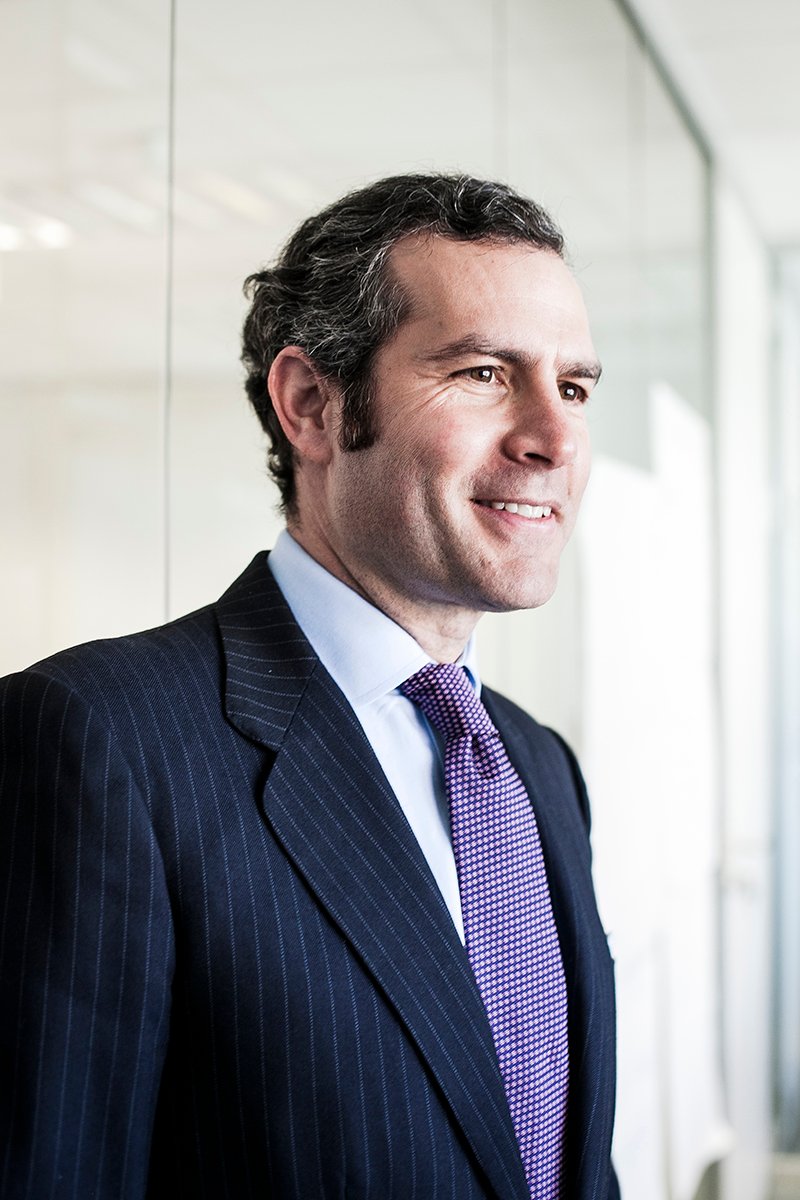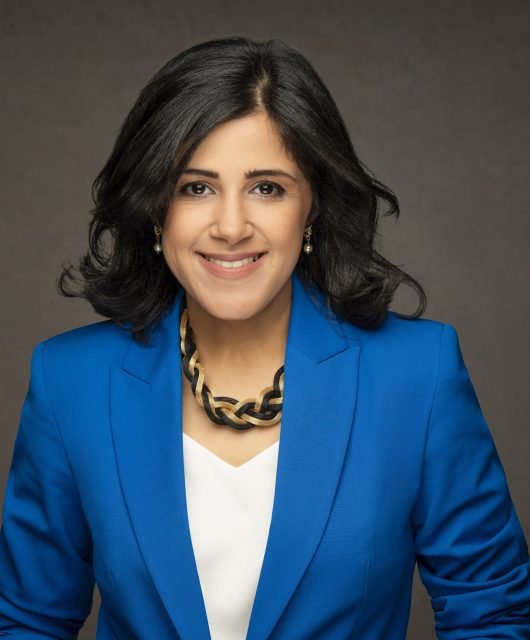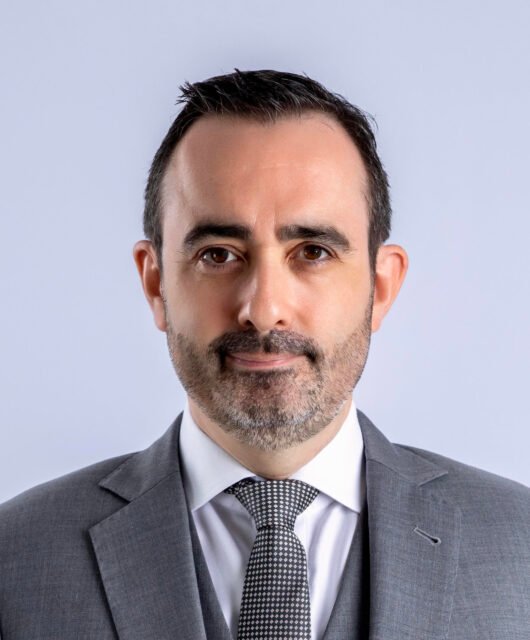Privacy And Security: A Matter Of Brand Trust And Competitive Advantage
By Gonzalo Brujó, Global President, Interbrand Group
It is difficult to identify any activity in our daily lives that is not related to the Connect Arena. In addition to the wide range of opportunities that it has created (such as the emergence of arenas), technology also harbors threats and crucial challenges: data privacy and cybersecurity.

In 2021, according to Accenture, each company suffered an average of 270 cyberattacks, 32% more than in 2020. And, according to Forbes Magazine in 2021, nearly 281.5 million people were affected by a data breach.
That the integrity and security of current activity depend on the technological tools designed to prevent them is already irrevocable. The normal functioning of a digital and connected society is at stake, as well as the value of brands and consumer confidence.
A paradoxical human truth
When we approach cybersecurity from the perspective of the consumer, we find a citizen who is aware and determined to protect him or herself, although without knowledge or tools.
The most concerning aspects are privacy and data security. According to OmnicomPRGroup, more than half of citizens consider it “extremely important” that brands protect their privacy, since they are sure that they as users do not have control over their information. Consumers mistrust brands because they perceive them to lack transparency and clarity: 76% of consumers find it difficult to understand how their personal data is used, according to Cisco.
Added to this lack of clarity is confusion: Norton says that while 79% of users are willing to act to further protect their data, half would not know how to do so.
Perhaps, for all these reasons, a large part of the population understands the transfer of their data as “a necessary evil” to have a seamless digital life. The “trade-off” is merited by the reward. But the pact ends when consumers suffer the effects of a privacy breach or cyber-attack. What happens then? Anger, stress, vulnerability, fear, helplessness or shame, emotions arising from a breach can quickly become linked to the brand that caused them.
The math behind cybersecurity
In 2025, according to Infosys, 463 exabytes of information will be generated and shared daily – 1 exabyte is equal to 1 million terabytes. Its integrity is and will continue to be vital for the daily flow of society: in this sense, Cybersecurity Ventures calculates that the impact of cybercrime on the economy will cost around $10.5 billion dollars annually.
The most immediate consequence of a privacy breach or cyberattack is often a drop in users or a dip in the stock market value, however, experience shows us that these parameters tend to recover sooner or later. In reality, there is a risk of long-lasting damage to intangible assets: brand and reputation. A 2021 study from Infosys and Interbrand concluded that the collective value of the 100 most valuable brands in the world could fall between 93,000 and 223,000 million dollars (between 4% and 10% of the total) in the event of a cyber-attack. As Apple, Amazon, and Microsoft, make up 62.3% of the total value of the top ten brands an attack on these would be more damaging to the brand, as consumers would equate this to their technical ability.
The Infosys and Interbrand study also delved into the Brand Strength factors that would suffer the most in an event like this – brand Relevance would take a significant hit. The media coverage would affect Presence in the market, customers’ emotional connection to the brand (Affinity) would be impacted but most importantly Trust would be rapidly eroded. Trust is much more than a ‘nice to have’, it is a clear catalyst for growth: in Best Global Brands 2021: Brands that increased their Trust Brand Strength Score, increased 18% in brand value.
Relevance, as we have already established, is the great risk to brands as we enter the third era of the Internet – and privacy and security must be top of any brand’s priorities in order to maintain brand value.
It’s now about brand experience
In 2019, Tim Cook, CEO of Apple, published a small column in “Time magazine” in which he not only advocated for a regulatory corpus that would shield the right to privacy in the United States, but also for the development of adequate tools so that users can manage their own privacy.
The Cupertino company has made privacy protection a hallmark both in its communications (the Over Sharing campaign, for example, concluded with a resounding “Privacy. That’s iPhone”) and in its movements: to the control of applications that are offered in the App Store followed the App Tracking Transparency functionality, which gives its customers the possibility to decide which applications can or cannot track their activity on the network.
The focus on privacy throughout its history not only makes Apple one of the most trusted brands among its customers but also drives its value – it is the most valuable brand in the world since 2013, according to Best Global Brands. A strength that works, ultimately, as a springboard for the company’s expansion into new arenas, to which it arrives protected by the trust and loyalty of its followers: there we have the examples of Apple Pay or Apple Card, successful incursions of the brand in the financial environment.
What does this case, in particular, teach us? That in an era in which companies develop integrated ecosystems of products and services, cybersecurity is not a norm or another duty, but rather constitutes itself as a driver of consideration and choice. Cybersecurity is already a matter of brand experience and, as such, brands must address a value proposition that turns the challenge into an opportunity. With all brands now using technology in their business, agility, clarity, and empathy in addressing consumers’ cybersecurity needs with relevant moves will not only strengthen their trust and loyalty but also reduce their risks going forward and will drive competitive advantage.
As Tim Cook said, “Technology has the potential to keep changing the world for the better, but it will never achieve that potential without the full faith and confidence of the people who use it”.





